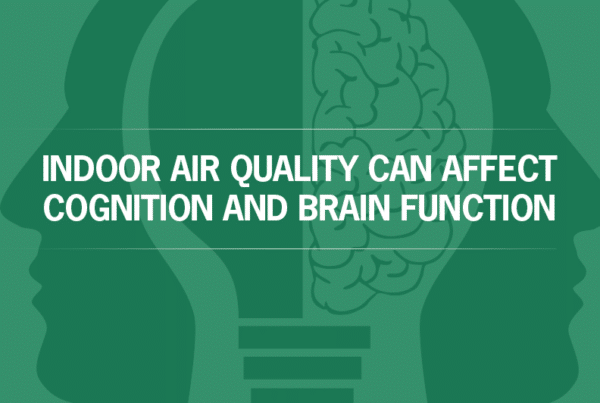09/23/2010 // Riverdale, NJ, USA // Camfil // Lynne Laake // (press release)
While sustainability for hospitals is a goal for many healthcare facilities today — and little wonder, as it can save costs even as it benefits the environment — achieving it has proven trickier. All too often, green initiatives focus on a building’s design but not on the day-to-day operations that, in the long-run, make or break sustainability efforts. It’s an easy mistake to make, but fortunately, it’s an easy one to correct, as well.
No doubt, building design is an important component of sustainability, and there are many ideas, strategies, and systems a hospital or healthcare facility can incorporate to boost energy efficiency, as well as water efficiency (a growing concern). Some cutting-edge hospitals, for example, have looked to local suppliers when purchasing materials for construction and renovation projects; by keeping transportation distances down, carbon emissions are reduced. Others have painted their roofs white, in order to decrease the heat absorbed by the building and the amount of air conditioning needed to cool it. Or have installed rubber flooring, which requires less frequent washing and reduces water usage.
Indeed, how a system operates and is maintained must be an essential consideration if true sustainability is to be attained. Air filtration systems, for example, are an important component of any hospital or healthcare facility; when properly operated, they not only create a comfortable environment for patients, staff, and visitors, but reduce airborne particles that can spread infections – no small worry in a hospital setting. Yet many healthcare facilities find, much to their dismay, that the inefficiencies of their air filtration systems cost them dearly in the long run. Some filters lose efficiency over time – a fact that should be considered unacceptable in hospital environments. Some filters increase their resistance to airflow quickly – costing more in energy than air filters designed for sustainability.
The key, then, is to incorporate products and systems that run efficiently over time. Camfil air filters, for example, leverage an innovative design — using fine fiber media — to operate at optimal effectiveness throughout their service life, so harmful air particles are removed from the hospital’s environment without requiring more energy — and higher energy costs — over time. The results can be eye-popping: Healthcare facilities using Camfil clean air solutions have seen their HVAC energy costs drop 25 to 50 percent. And because the filters last longer than more traditionally designed products, they can be replaced far less frequently. That reduces disposal costs and means less waste going to landfills. Good for the pocketbook; good for the environment.
Indeed, sustainability can be a big win for hospitals when they look beyond immediate savings and focus on the long run, instead. The good news is that the products that can help are already here — and already paying dividends.
The world leader in air filtration systems and clean air solutions — for health care and other industries — Camfil provides the tools to achieve sustainability, maintain high air quality, and reduce airborne infections; all while lowering total cost of ownership. We’ve helped hospitals, office buildings, hotels, and other facilities go green without ever sacrificing performance. For more information on sustainability for hospitals, visit our newsroom at https://hvacairfiilters.submitmypressrelease.com, read about the Clean Air Solutions Company at https://cleanair.camfil.us, or call us at (toll free) 888.599.6620.
Media Information:
Address: 1 North Corporate Dr., Riverdale, NJ
Phone: 888.599.6620
Url: HVAC Air Filters



